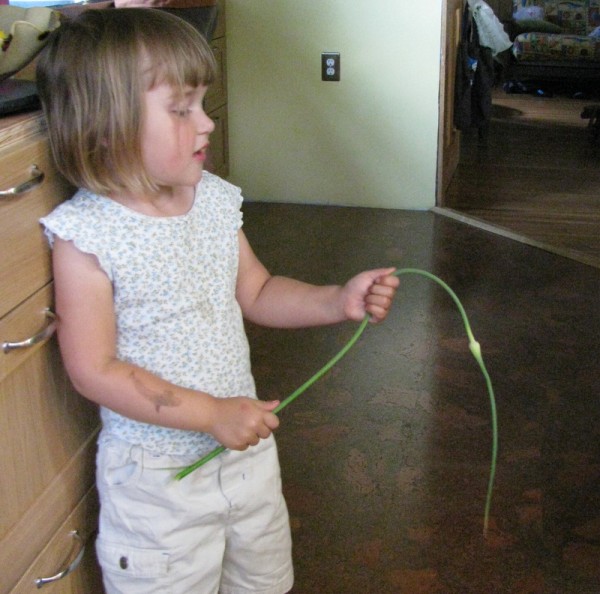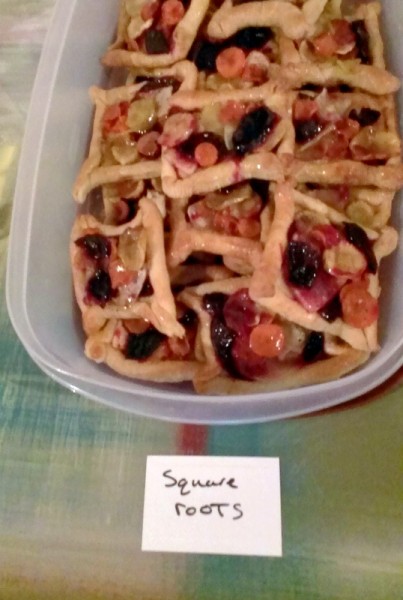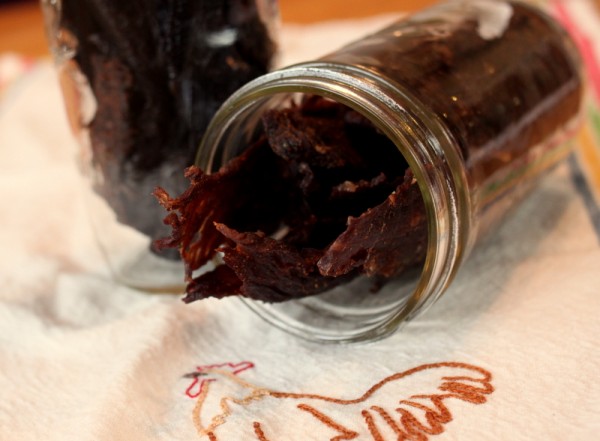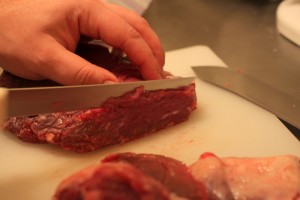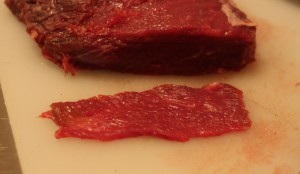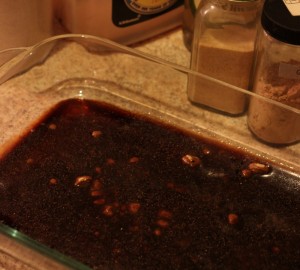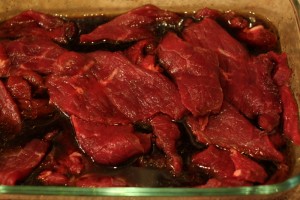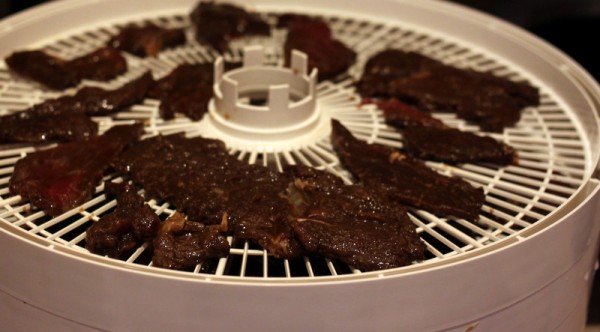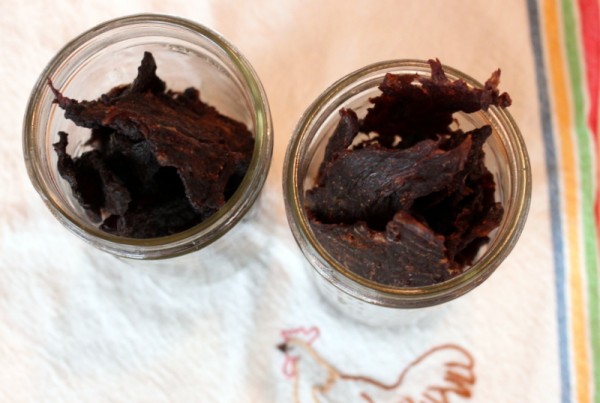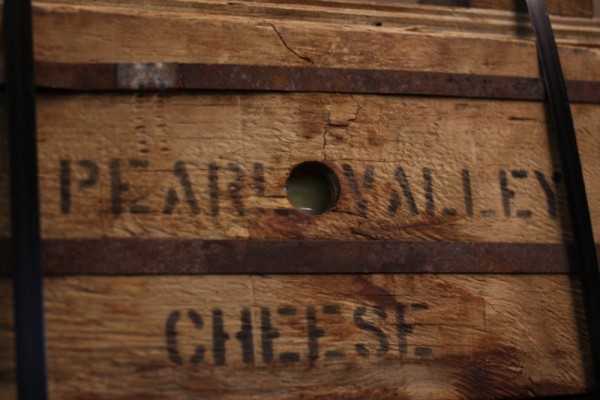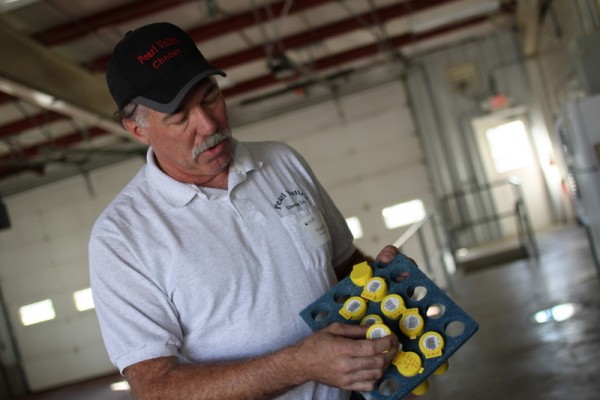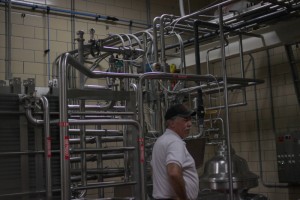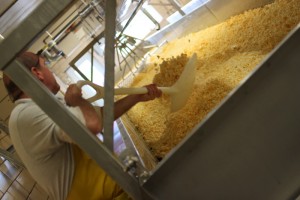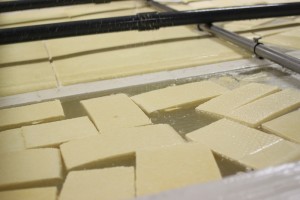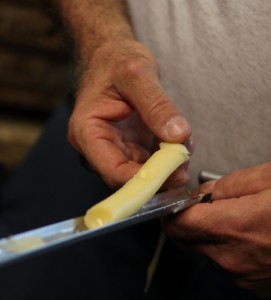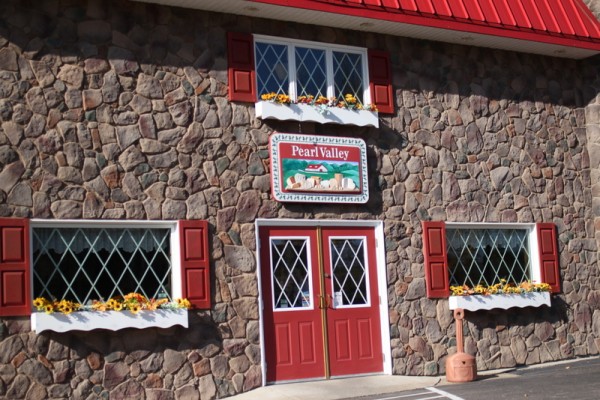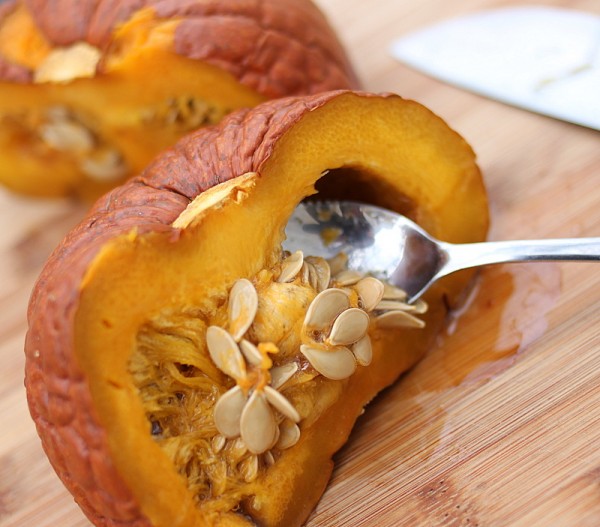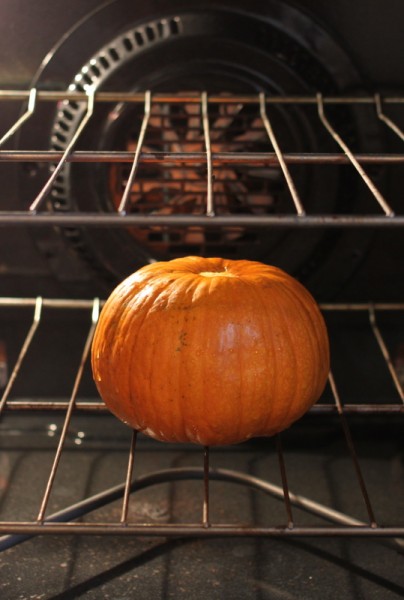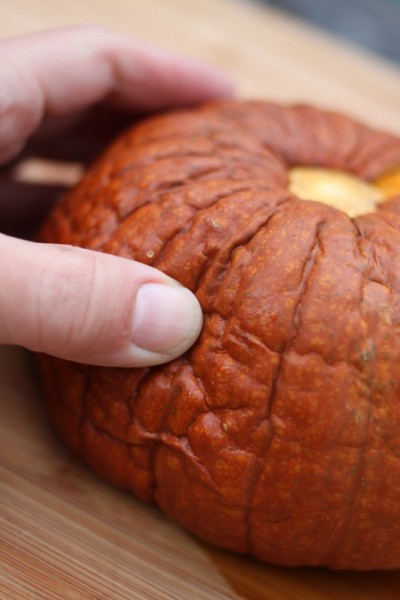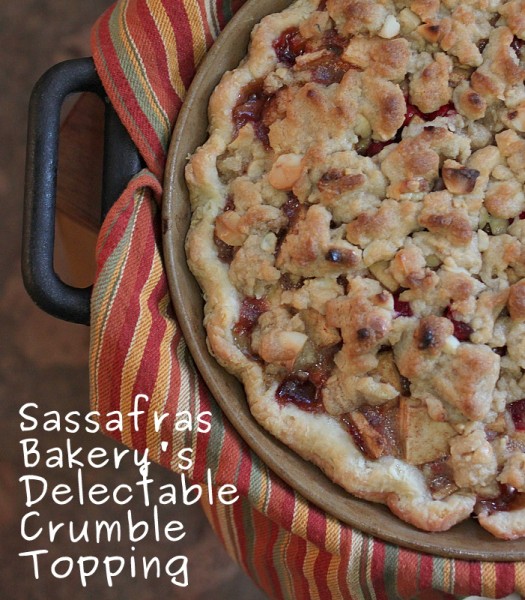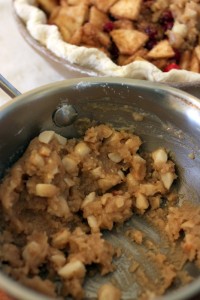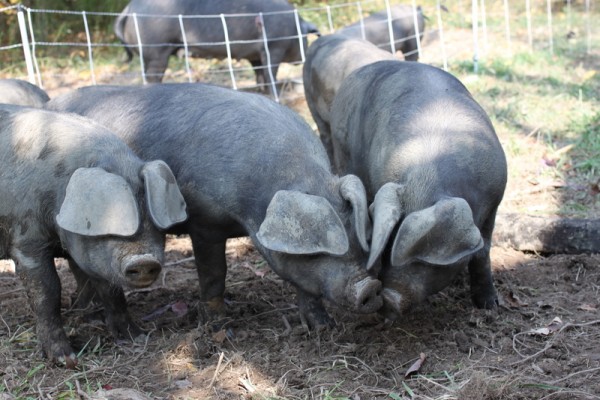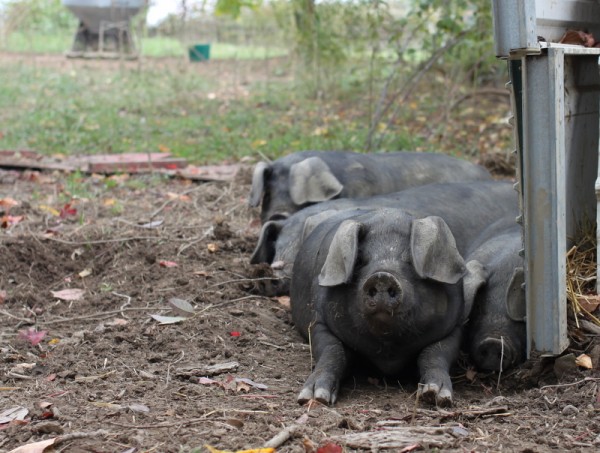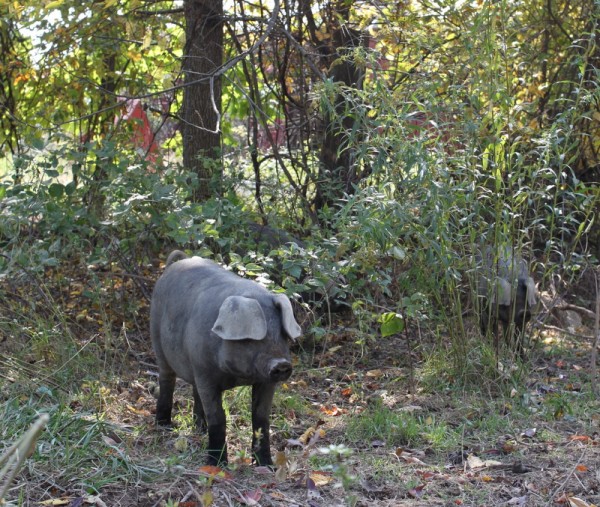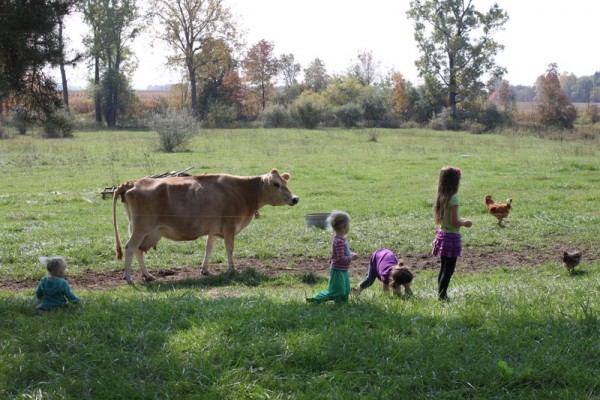I appear to be cursed by evil computer spirits - my brand new laptop, to replace a laptop that died in November, stopped functioning this week. I was prepared to write about our first venison, food not lawns, and winter chickens this week. Instead, because I am sharing time on the family computer, you get a (relatively) quick and dirty post. Be back soon...I hope?

The CSA (Community Support Agriculture) model is one that most people shopping the farmers' are familiar with: for an annual price paid to the farmer, you pick up a weekly share of the harvest. Though it may seem early to think about summer tomatoes, farmers are pouring over seed catalogs and CSAs are already filling.
Five Reasons to Join a CSA
1) CSA shares include the cream of the crop. Farmers truly want to satisfy their customers and usually choose the best produce for their loyal CSA customers. You'll get the freshest picked, highest quality selection every week.
2) No worries about selling out or cash. Thanks to growing demand for local foods, many farmers sell out of their most popular items. A CSA guarantees you the primo vegetables without concern about the timing of pickup or having enough cash to make your purchases. Sleep in - your CSA share will be available.
3) Healthier eating. It's harder to throw away a vegetable that's languished when you've seen the farmers' well-worn hands and noticed their sleepy eyes. You feel obliged to eat or preserve the food more than when you buy anonymously-raised produce at the grocery. Usually, this results in incorporating more vegetables into your diet, which is always beneficial.
4) The varied selection is a culinary challenge. Because CSA farmers know they must have something to share every week, they plant a wide variety of crops. If there wasn't enough rain in a given week for fat peas, the share will include daikon radishes. For a curious eater or experienced cook, this mystery bag of ingredients is a way to expand your cooking methods and palate, all while appreciating the challenges nature throws at farmers. There are no meal planning ruts for CSA shareholders because every week contains a new variety of vegetables.
5) A CSA purchase provides valuable stability to an otherwise manic business. The farmers I know are truly working for a love of earth and good food, not a love of money. The cost of land, equipment, labor, soil, and seeds is barely enough to allow for a modest income, and what does come in is usually highly seasonal. Operating a CSA allows farmers to earn income when they most need it in the beginning of the season for start-up costs and provides a guarantee that some or most of their produce will go to willing customers.
Central Ohio 2013 CSA Recommendations
Sippel Family Farm - I bought produce from Ben and Lisa all summer last year and their food is top notch. All grown on their farm, the vegetables and fruit (apples!) are produced without synthetic chemicals through smart seed selection, crop rotation, use of compost, and meticulous labor. They offer a full share for $680 (can be split into five payments) and pickup locations in Clintonville, Worthington, Westerville or the farm. You can see a bit of the farm in my Kokoborrego Cheese Tour.
Bird's Haven Farms - Located in Granville, Ohio, Bird's Haven is run by a family of well-educated young farmers backed by the experience of their parents. Bryn and Lee, brother and sister, grow everything they sell (ask farmers about this - some supplement with auction produce) using sustainable practices like high tunnels, hand-weeding, compost, and physical weed suppression. Their CSA offers a stunning array of options from a small 11-week share of produce for $208.55 to a 'little bit more' full 21-week share for $550.96 with coffee, bread, eggs, cheese, meat, and grains optional add-on from other local businesses. Pickups are available in Granville, Bexley, Westerville, New Albany, or The Limited offices. Last year I picked the best strawberries of the season at Bird's Haven and am still hoarding their berries I froze.
Sunny Meadows Flower Farm - In a twist of the CSA concept, Sunny Meadows offers a frequent buyer card. For $120, you get 11 $12 bouquets good at any market. This flexible system offers the same stability to growers Gretel and Steve but with more wiggle room for those who don't want to commit to a weekly pickup. Their beautiful, heirloom-variety flowers are grown sustainably in south central Ohio. They're offering a gift bag of Gretel's soap and herbal tea to those who purchase before markets open in April!
Swainway Urban Farm - This list would be incomplete without the farm I work with. We offer organic mushrooms and microgreens year-round with select field vegetables grown in Clintonville. Our winter CSA is already in full swing and not accepting new subscribers. We are working on a summer offering that will appeal to those who like to sleep in on Saturday mornings, as our mushrooms usually sell out within the first two hours. Here's my Swainway tour from 2011.
Have I convinced you to shop around for CSAs? Or are you already a subscriber?

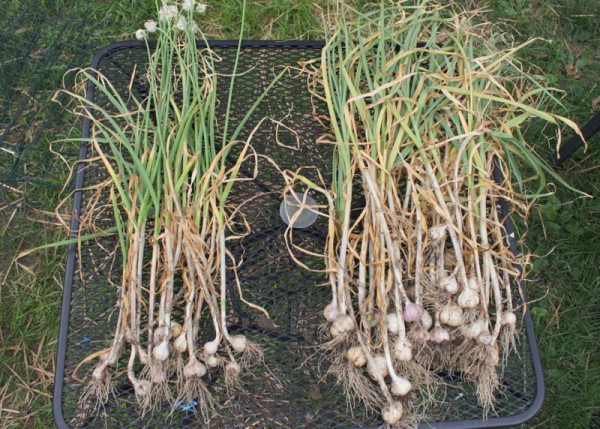 Clearly, scapes to inhibit bulb production. When removed, the garlic produces healthier, bigger bulbs. Because the scapes are edible, the gardener is rewarded for their work of removing the scape with a tasty food.
Clearly, scapes to inhibit bulb production. When removed, the garlic produces healthier, bigger bulbs. Because the scapes are edible, the gardener is rewarded for their work of removing the scape with a tasty food.
